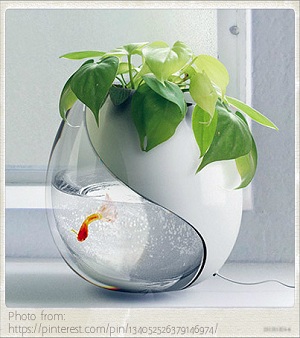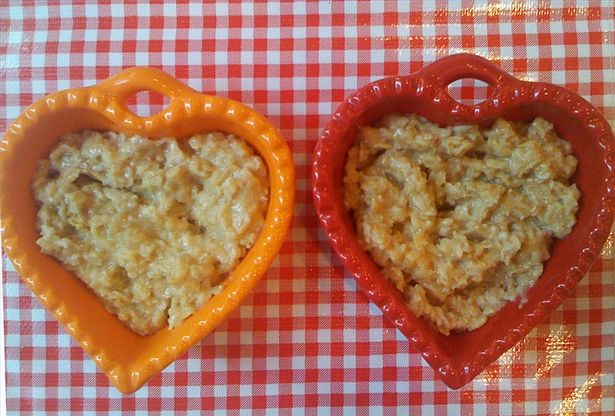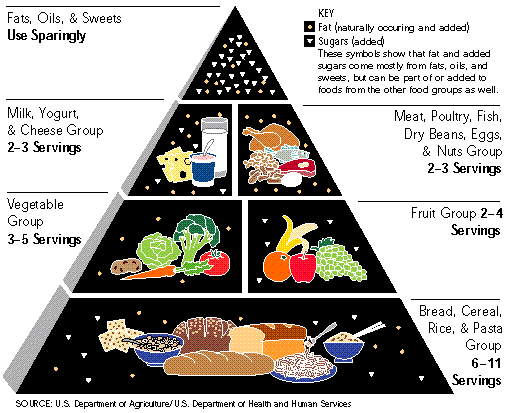The market for birdseed caters for both the wild birds and their caged counterparts. In recent years, this market has taken on a new dimension as stakeholders try to aggressively market their produce using new marketing formulae and innovations. Currently, bird food manufacturers make use of advertising keywords such as premium, exotic and healthy. At present, some of the most common grain species used in the bird feeding industry include:
�Niger seed
�Canary seed
�Sunflower- black and striped sunflower seeds as well as sunflower hearts
�Safflower
�Quinoa
�Groundnuts/peanuts
�Sorghum
�Millets- Proso, Japanese, Spray, Pearl, Finger millets
Looking at the above list, one might be tempted to think that birds have a somewhat restricted diet. However, there are numerous semi-domesticated or wild grains as well as nuts and fruits especially in the subtropics and tropics that have largely escaped the eye of large manufacturers of caged and wild bird food. According to the Wild Bird Feeding Industry (WBFI), some of these fruits, nuts and grains offer lucrative new opportunities for the diversification of bird feeding products as well as brand identification. Perhaps one of the most innovative marketing strategies is the addition of chia by the US bird feeds manufacturer- Harrison in their products. Chia or Salvia columbariae is a legendary energy food associated with American Indians who are natives of mainland US.
Other minor brand marketing innovations observed in the US include the addition of sea algae and seaweeds into the bird feeds. The identification of new food mixes for birds is usually done through the observation of the birds’ dietary habits and behaviors as well as the input of indigenous knowledge on the same. This has made it possible to identify (semi) wild seeds, nuts and fruits that could be used in the manufacture of new food mixes for both wild and caged birds. Indigenous communities stand to gain a lot from the production of raw materials and supply of the same to manufacturers and packers of bird foods.
Well established bird feed manufacturers have departments charged with product development where new ingredients undergo strict testing to determine their suitability, food safety and nutrient profiles. It is only after the supply of new ingredients has been guaranteed by raw materials suppliers that potential manufacturers of bird nourishing feeds will undertake to change their formulae. This is all done by the manufacturers in their quest to maintain competitive prices for their products as well as to diversify their operations.
The Importance Of Sunflower In The Bird Food Industry
Sunflower also known by the scientific name of Helianthus anuus L. is perhaps one of the biggest ingredients in the manufacture of wild bird food which is essentially used for outdoor feeding. It is also used in the manufacture of indoor feeds. According to the Food and Agriculture Organization (FAO), there are two sunflower strains that are extensively used in the bird feeding industry i.e. the striped or confection sunflower and the black or oily sunflower. Of the entire sunflower used in the manufacture of these feeds, the striped sunflower type accounts for a total of 20 percent while the black sunflower accounts for 80 percent. Seeds of a minor sunflower type- the white sunflower are used in the manufacture of food specifically intended for parrot use.
The Fish and Wildlife Service (FWS) stress the importance of the sunflower seed as a major source of protein and energy in a bird’s diet. Despite the nutritious nature of the sunflower seed, major commercial manufacturers of bird food exclude it from their products since it contains oil which is not always desirable. Sunflower hearts are a type of sunflower product also known as meats and which are used extensively in healthy food making procedures such as sprouting in baking. They are also used as an added nutritional component in the bird feeds industry. They are made from striped sunflower kernels which are dehulled.
Dehulling as concerns sunflower seeds can be either an accidental process or an intentional one. The accidental dehulling process occurs during the transport and handling processes. The hearts and seeds are either sold off as pure sunflower products or as mixes of other types of feeds. What makes the sunflower so versatile is its ability to grow under varying climatic conditions throughout the world. Some of the biggest sunflower producers include the US, Hungary, Romania, Spain, France, Argentina, Ukraine, Russian Federation, China and India.
The state of sunflower trade is a bit tricky to monitor since it has the ability to switch from the secondary markets associated with bird feeding to the premier market of oil extraction depending on the world prices of sunflower oil or the sunflower seed itself.

 Starting Up An Aquaponics Set Up From See The Easy Way
Planting seeds in your aquaponics system can be a lot simpl
Starting Up An Aquaponics Set Up From See The Easy Way
Planting seeds in your aquaponics system can be a lot simpl
 The Simplest Way To Lessen Your High Cholesterol By Natural Means
High-cholesterol is a major variable inside the countrywide
The Simplest Way To Lessen Your High Cholesterol By Natural Means
High-cholesterol is a major variable inside the countrywide
 Introduction To Of Some Lower Cholesterol Foodstuffs
Cholesterol is a fat-like element contained in the physique
Introduction To Of Some Lower Cholesterol Foodstuffs
Cholesterol is a fat-like element contained in the physique